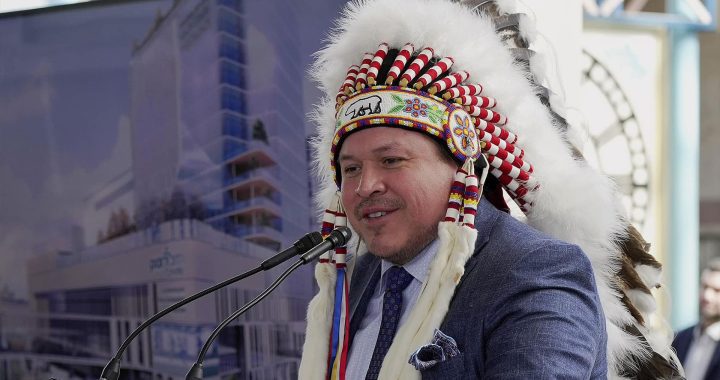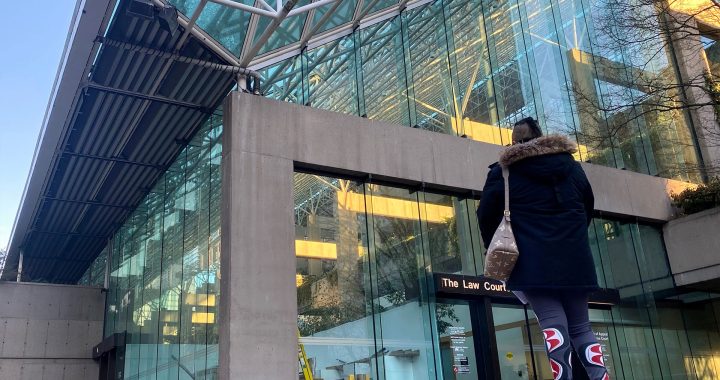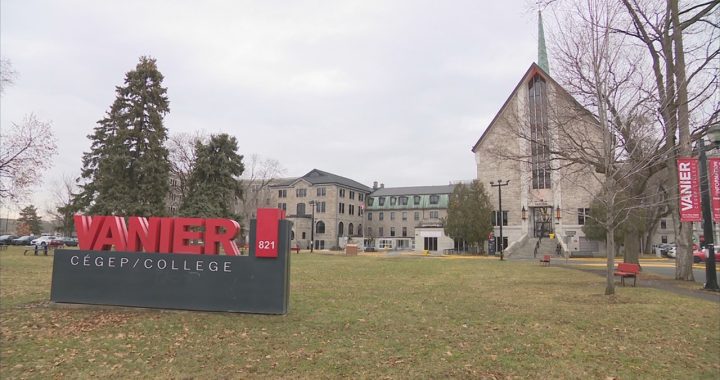In lieu of a budget, Finance Minister Bill Morneau provided on Wednesday a snapshot of the country’s financial situation after spending billions propping up the economy and supporting furloughed workers and others in need through the pandemic so far.
Like just about everything else, the infectious coronavirus delayed the budget, which was originally scheduled for March.
The snapshot is a bleak picture of an economic crater the 168-page document refers to as “truly the challenge of our lifetime.”
It’s the largest deficit since the Second World War and most sudden economic contraction since the Great Depression, it said.
And, it noted Indigenous and northern communities received well over $1 billion in direct support and, despite feeling the same COVID-19 crunch, successfully stopped the spread of the potentially deadly virus that is affecting the world.
Ottawa expected to add $81.3 billion to the deficit before the pandemic hit Canada in March. But four months of widespread lockdowns with a nearly non-functioning economy deepened that projection to $343.2 billion for the present fiscal year.
Federal figures on June 25 pegged COVID-19 support spending at $174 billion through this period.
The July 8 document raises this number to $236 billion or nearly 14 per cent of Canada’s total gross domestic product.
Morneau called it “the most comprehensive and substantial peacetime investment in Canada’s history” in his House of Commons speech Wednesday afternoon.
“It is a testament of the shock that COVID-19 had on our economy. Our government knew that the cost of inaction would have been far greater,” he said.
Read more: Economic and Fiscal Snapshot 2020
The parliamentary budget office predicted this spending could lead to a deficit of $250 billion, while private sector estimates came closer to the government’s figure.
Indigenous Services Canada’s most recent update put the Indigenous-specific portion of pandemic support money at roughly $1.7 billion, or one percent of the June 25 total.
Notable expenditures included the $380-million Indigenous Community Support Fund and up to $306.8 million in support for Indigenous businesses.
Officials emphasized throughout the pandemic that the Canada Emergency Response Benefit (CERB) and Canada Emergency Wage Subsidy (CEWS) were also available to eligible Indigenous people.
While successfully combatting the pandemic, Indigenous peoples also experienced things a bit differently.
The snapshot noted, for instance, that businesses owned by women, Indigenous persons, visible minorities, immigrants, or persons with disabilities were more likely to report being highly affected by lower demand for their products or services.
Indigenous women also reported higher levels of concern over violence in the home than non-Indigenous women. It said Indigenous respondents were more likely to feel that crime increased in their communities during the pandemic.
Indigenous peoples living off-reserves or in cities applied for the CERB at a lower rate than others, despite losing employment at a similar rate. The document doesn’t explain why.
The snapshot describes spending to date and contextualizes the economic impact of COVID-19, but does not include new funds or changes to existing programs.
In June, the government passed new spending relevant to Indigenous peoples as part of the Supplementary Estimates, which are published thrice throughout the year.
While that money was mainly pandemic related, it included $481.2 million for the Indian Day Schools settlement, $260 million for the ’60s Scoop settlement, $232 million for Jordan’s Principle supports, and $468.2 million for on-reserve child and family services for a total of $1.4 billion.
Prior to the snapshot, opposition leaders discussed changes they’d like to see moving forward and criticized the prime minister for a perceived lack of action.
Morneau warned that some might pan the steep cost, but Justin Trudeau said the support was worth the pricetag.
“As we measure the cost of helping Canadians, we shouldn’t forget that the cost of doing nothing would have been far more,” Trudeau said.
Conservative Party leader Andrew Scheer accused Trudeau of being slow to act, taking too long to close borders and putting the country in a weak fiscal pre-coronavirus position.
He called on Trudeau to encourage people to get off CERB by implementing a “back to work bonus.”
At a press conference, NDP leader Jagmeet Singh worried the stark financial numbers might lead to budget cuts. He called for a crackdown on tax havens, support for those with disabilities, and the government to examine the RCMP’s $10 million per day budget.
He accused Trudeau of not acting to address systemic racism in the national police force.
“Let’s have a review of the budget of the RCMP so that we can shift resources away from policing into community resources, health-care workers responding to a health-care crisis,” said Singh.
The Liberals’ snapshot focusses on safely restarting the economy and describes the government’s debt management strategy for the fiscal year.
But Morneau stressed the situation remains uncertain with possible future outbreaks looming on the horizon.
He wouldn’t say when or if the federal government would table a budget this year.
Budgets normally include a five-year forecast, but the snapshot predicts no further than March 31, 2020, the end of the fiscal year.
“Trying to predict further would be potentially misleading,” Morneau said.
-With files from The Canadian Press










